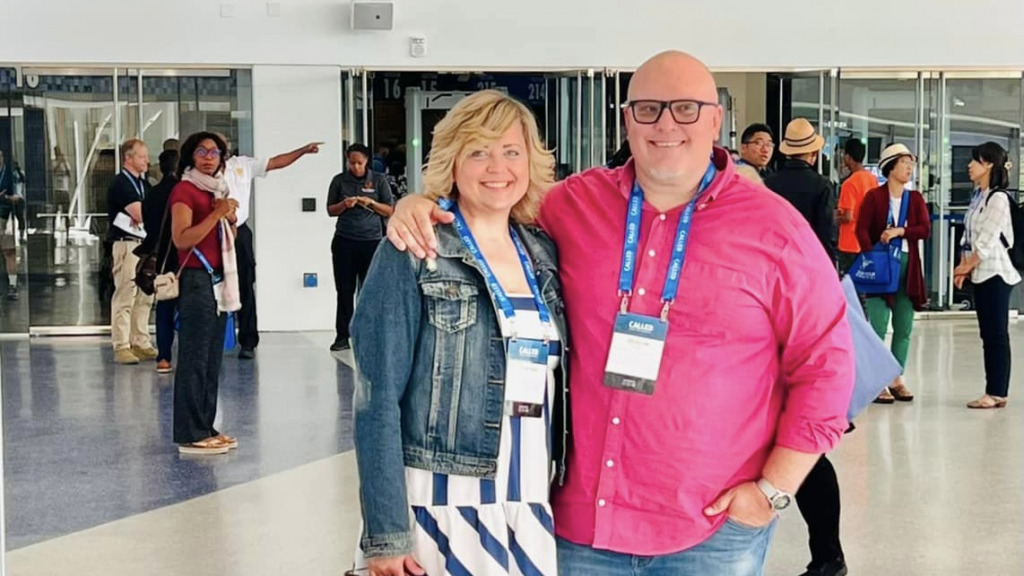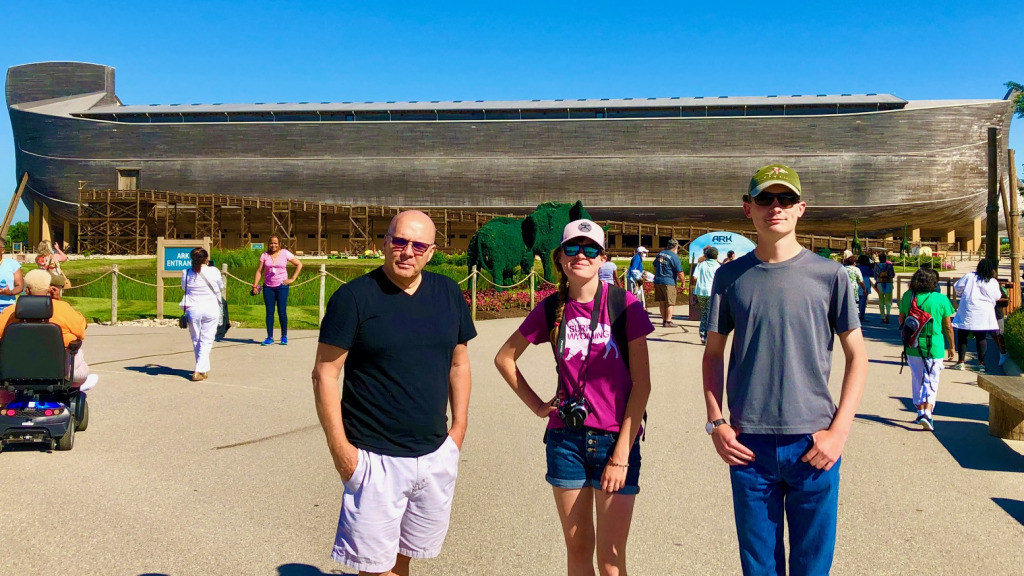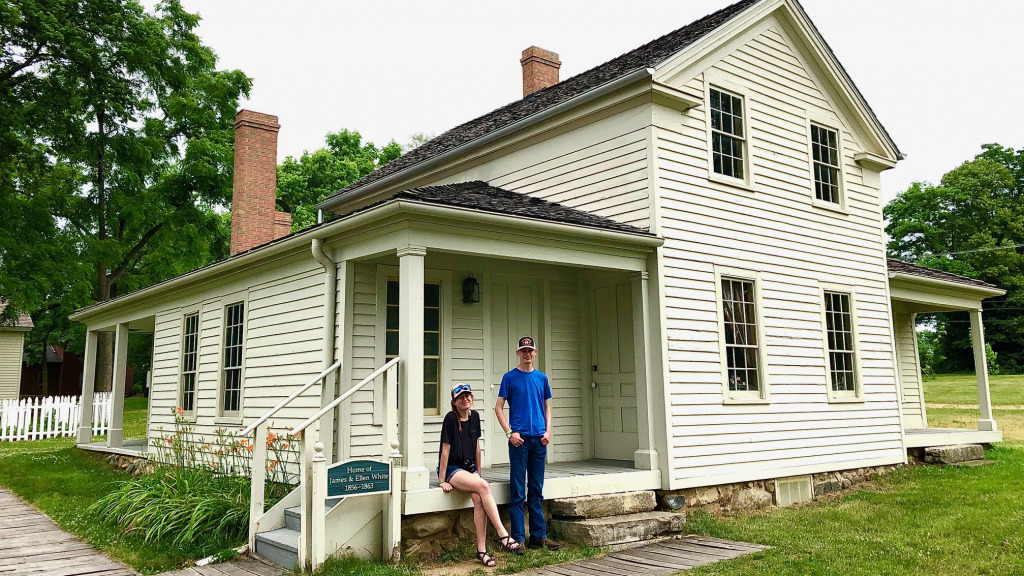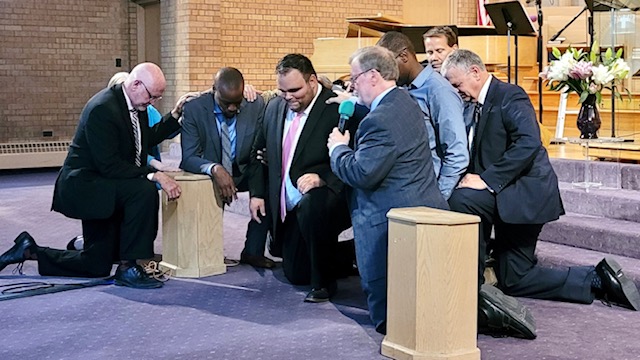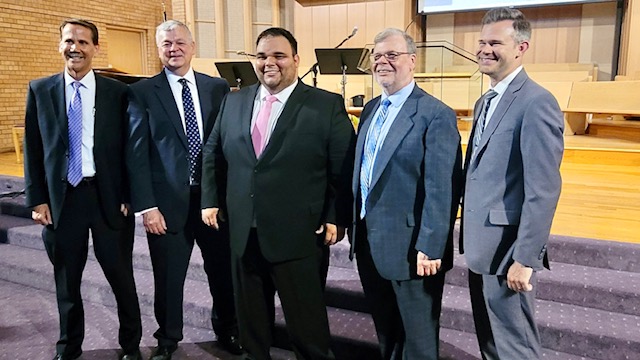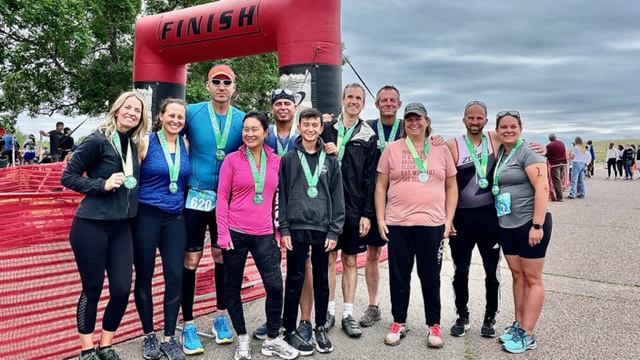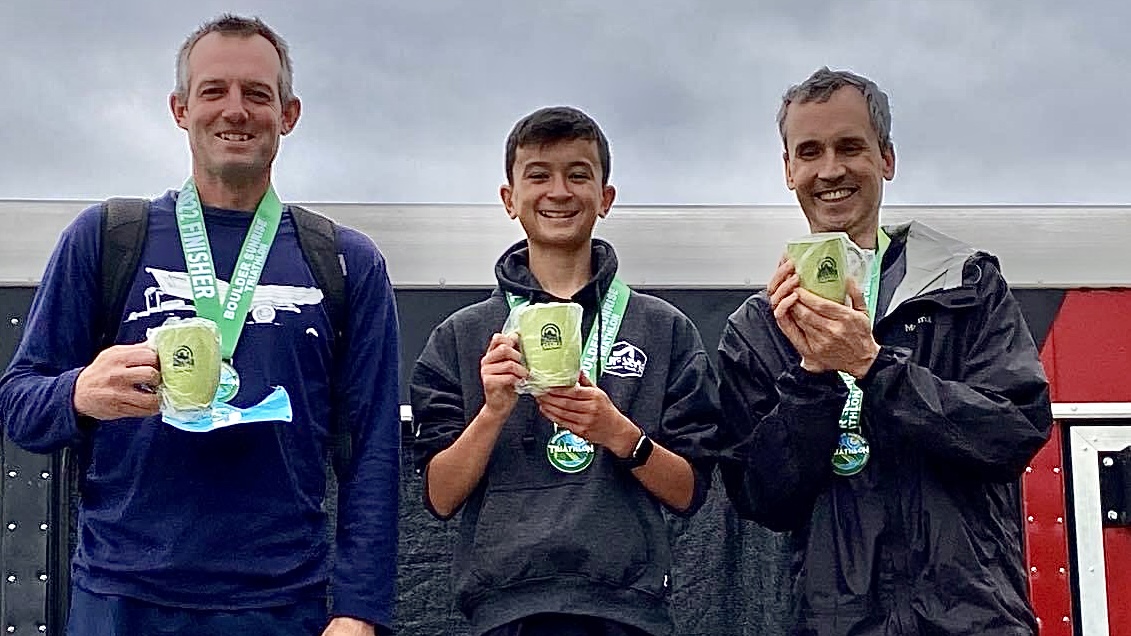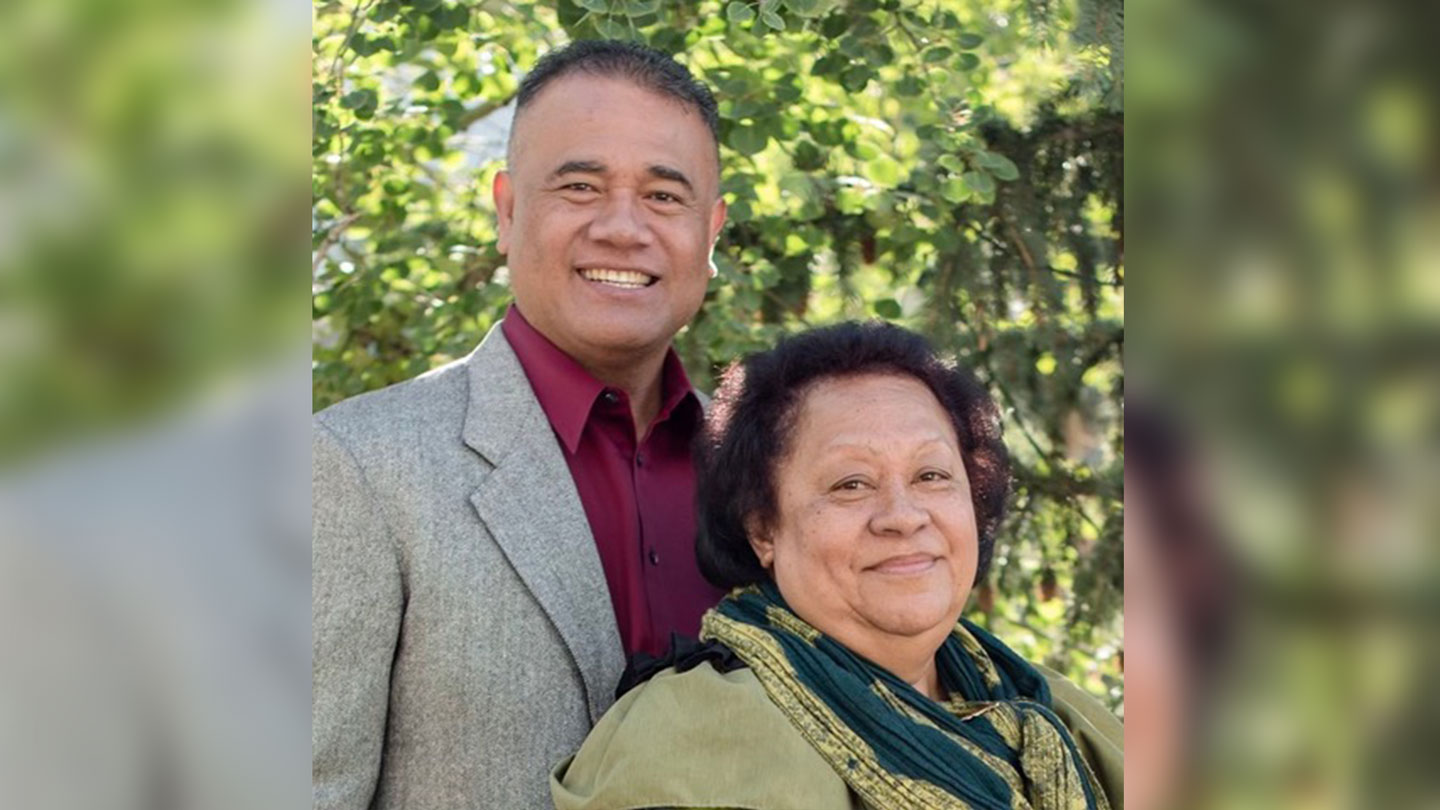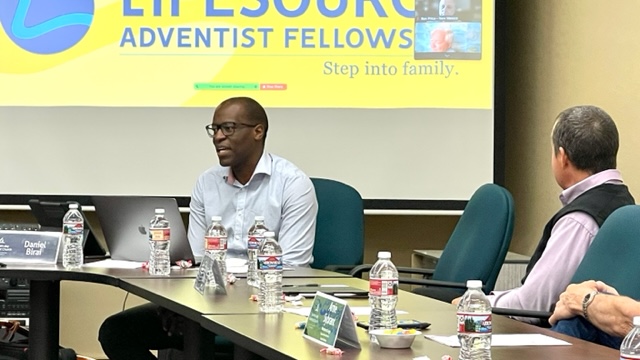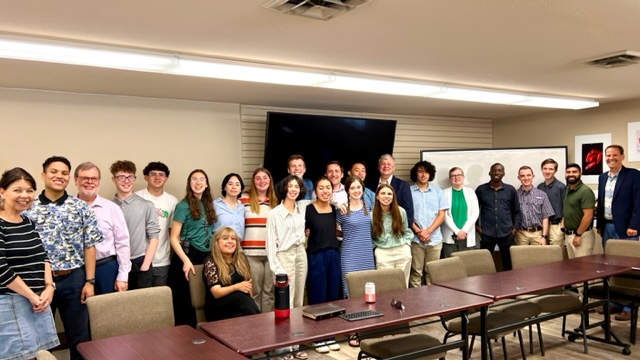RMCNews – Denver, Colorado – During what was likely the last meeting of the RMC Executive Committee before the 2022 Quinquennium Session of the Conference, the Committee reviewed preparations on June 14 for its upcoming session. Reports are being finalized, it was shared, both in print and video, and the session program as well as materials for the delegates, are nearly ready.
Regular agenda items included the treasury report prepared by Darin Gottfried, RMC VP of finance, and presented by Jodi Coulter, associate treasurer, who reported that the base tithe for the Conference is currently up .23% over the previous year, though we currently have one Sabbath more in 2022 than we had in 2021. Commenting on the effect of inflation on the conference finances, the treasurers reported a 9.92% tithe increase over the past 10 years when adjusted for inflation. But we are down 8.07% so far in 2022.
We are currently more than $428,578 below budget, it was reported. In summary, treasurers stated that while non-tithe and even tithe numbers can be somewhat discouraging, it is always hard to follow a strong year of tithe gains-– 18.60% in 2021 through April. We still have 2/3 of the year to go and seeing some of what has been coming in for May remittances has given much hope for the reminder of the year.
Darin Gottfried expressed his gratitude to church members for their support of God’s work in RMC. “We are in a strong financial position,” Gottfried concluded.
After his return as delegate to the General Conference Session in St. Louis, Missouri, Mic Thurber, in his President’s Report, briefly shared a few reflections about what he termed as “global Adventist camp meeting. “When you see a worldwide family of believers, it does something to you,” he said.
It never ceases to amaze me how impressive it is to meet with Adventist Christians from around the world when we gather for General Conference. We may not speak each other’s language, but we share each other’s Savior! And you can just sense it wherever you go among those who come,” Thurber said.
He was impressed by how congenial the sessions were, even when there was strong disagreement evident. “That’s a testament to how the Holy Spirit works among God’s people,” he added.
“I will confess to greatly missing the exhibit hall with all the booths from around the world where people shared stories of what God is doing in their territories, along with a slew of ministry materials and resources. The exhibit hall added much value to the session, making it feel like an Adventist, world-wide camp meeting. I hope in three years when we hold our next session, that the exhibit hall will be back.
“Though we didn’t always agree on the particulars of bylaws and church manual changes, we were truly united in our desire to see Jesus come quickly and for each of us to be involved in helping others get ready. In the end, that’s what matters most!” Thurber said.
Thurber also recognized that Literature Ministry is starting again with the natural enthusiasm of young people engaged in the ministry. He expressed his appreciation for meeting the LE team when they visited the RMC office the day before.
Among the decisions passed, the Executive Committee voted to grant company status to The Mile High Indonesian Fellowship. They are meeting in Aurora, Colorado.
Reporting for the education department, Dianne Harris, education superintendent, reported on teacher openings and the difficulties the education department has had with a severe teacher shortage. At the end of Spring, the schools had 17 teacher openings. She said that there are currently five to six openings to be filled and there is hope that these can be completed in time for the new school year.
Dianne Harris also informed the committee that Sandy Hodgson, who has been Vista Ridge Academy’s head teacher and principal, will join the education department as assistant director on July 1. She said “As we look to the future of RMC education, we are blessed to bring Sandy Hodgson’s 24 years of experience to broaden our teacher support. As we increase our professional development opportunities and bring added resources to our small schools, I know that Sandy will be a blessing to our teachers.”
The Committee passed a motion expressing appreciation to Pat Chapman for her 25 years of service to RMC as she is retiring, and, in particular, for her meal preparation at various events, especially for executive committee meetings.
The personnel report indicated that Michael Shannon is moving to Greeley on August 1. to take over as pastor there. Windsor/Elmshaven is now separated from that district, and Matt Hasty is the pastor there in addition to his duties as director of the Literature Ministry program. Pastoral openings exist in Littleton (senior and associate), Colorado Springs (senior), Franktown (associate), as well as the Glenwood Springs district.
The committee also voted to invite Nathaniel Gamble to serve as religious liberty director at RMC.
The Committee recognized with appreciation members whose service will be ending following the Constituency Session. They are: Morre Dean – Newday Christian Adventist Church (PorterCare representative); Meridee Mason – Cheyenne Adventist Church; Keith Messersmith – Lamar Adventist Church; Wayne Morrison – Brighton English Adventist Church; Lynn Nicolay – Palisade Adventist Church; Ron Price – Piñon Hills Adventist Church.
Doug Inglish, RMC VP of administration, commented that “this committee has exhibited the spirit of Christ in all its work. When there is disagreement within the body it has been respectful. When receiving disappointing reports, they have been understanding. When required to demand accountability they have been fair and compassionate. Whatever success has come during the quinquennium is in no small part a reflection of their leadership. Those who are leaving will be missed.”
RMCNews; photo by Mickey Mallory. Pictured is speaker of the devotional message, Daniel Birai, lead pastor of LifeSource Adventist Fellowship.




